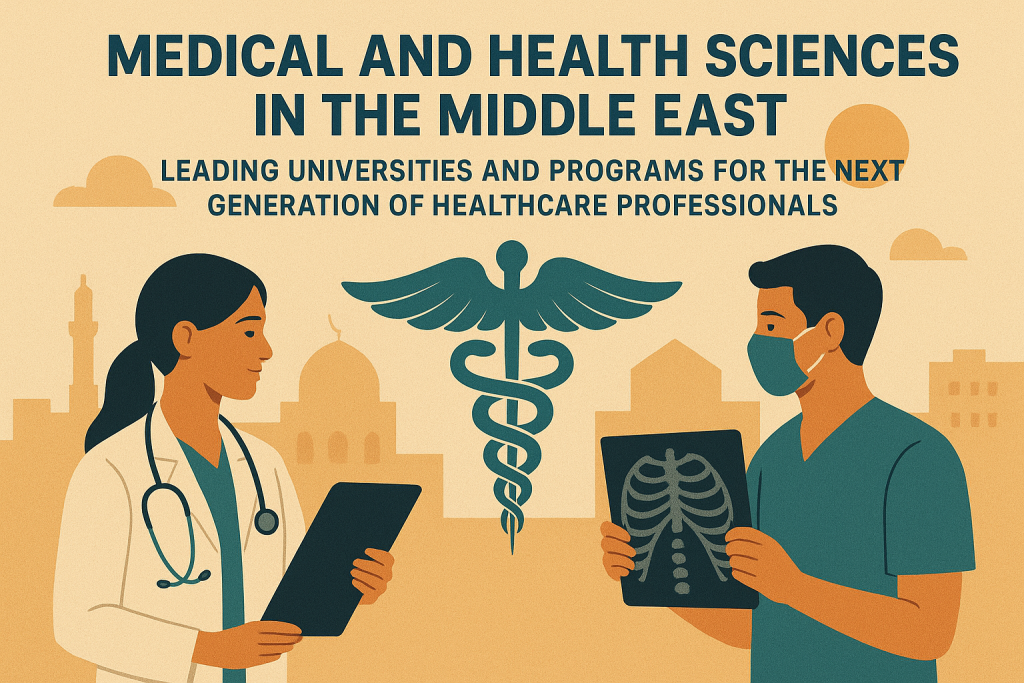
Introduction
Over the past two decades, the Middle East has undergone a profound transformation in medical and health sciences education. What was once a region largely dependent on Western institutions for advanced training is now home to universities that not only offer globally competitive medical degrees but also lead pioneering research in public health, biomedicine, and advanced clinical practice. For both international students seeking English-taught programs and local students aspiring to pursue advanced degrees without leaving the region, the Middle East has positioned itself as a dynamic hub of medical education.


